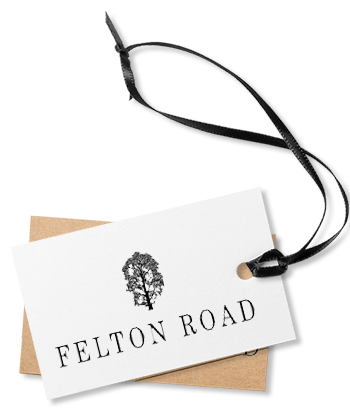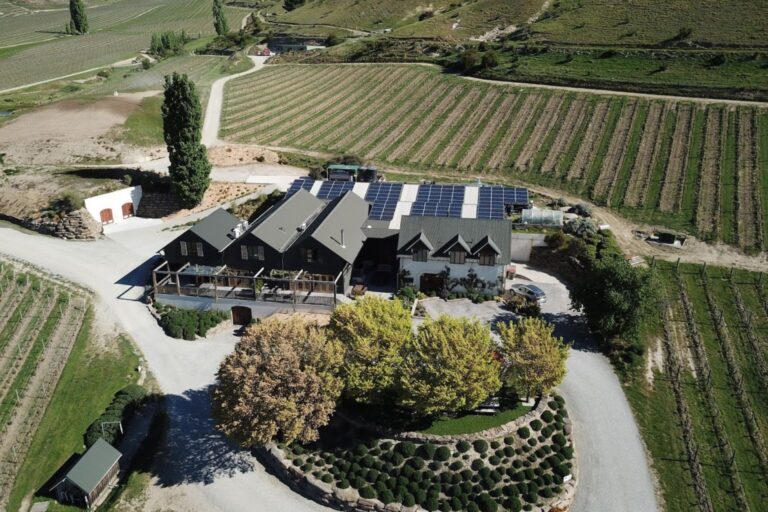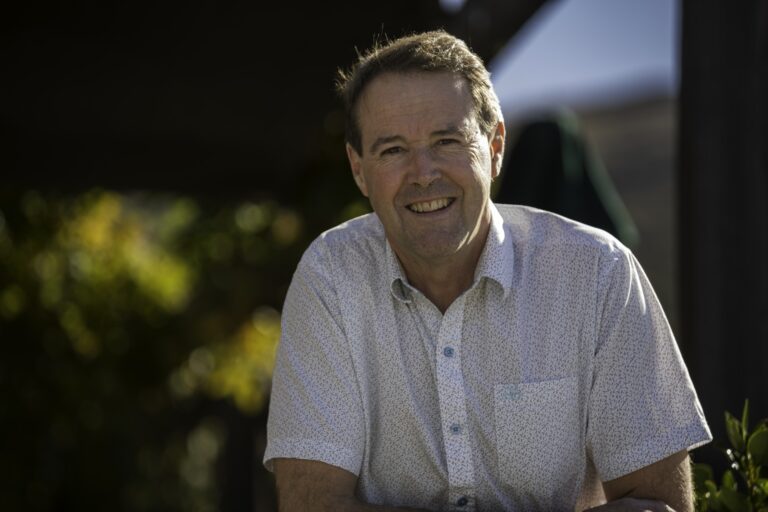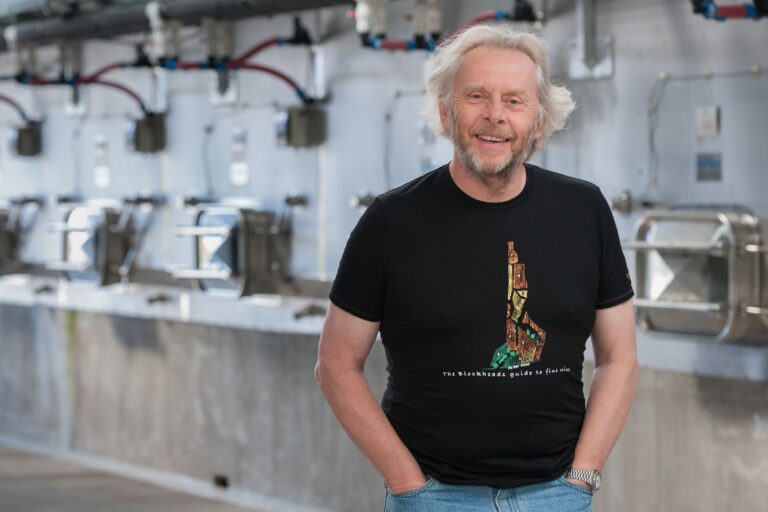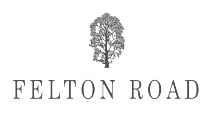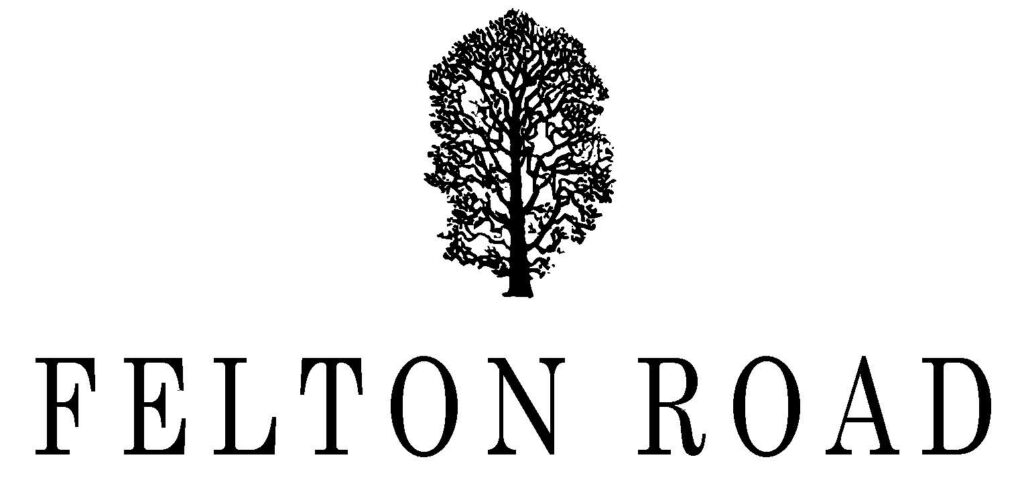BIODYNAMIC INSIGHT FROM A
NEW WORLD WINE MAN
Nigel Greening owns Felton Road in Central Otago, New Zealand’s South Island. According to Robert Parker, in The Wine Advocate, “Felton Road’s Pinot Noirs are breakthrough efforts in New Zealand and compete with the finest wines being made in California, Oregon and Burgundy’s Cote D’Or.” Since 2002 the 75 acres of vineyards, spread across four parcels of land around the small historic gold-mining town of Bannockburn, have been managed organically and biodynamically. “We operate at the pragmatic end of biodynamics,” says Nigel. “No secret cosmic forces. I have no interest in giving faith to something if I don’t understand how it works.”
The tenets of biodynamic faming were set out by Austrian “spiritual scientist” Rudolf Steiner in a series of 8 lectures late on in his life in 1924. In those lectures, he proposed that a farm could be considered an ecosystem. “From the bacteria to the people, one thing affects all the others,” continues Nigel. “You want a wide range of plants, insects, microbes, and animals all contributing to the complexity of the site, making a healthy ecosystem that’s fully integrated. The whole cosmic thing he just threw in because he liked that kind of shit!”
Steiner famously advocated that agriculture should be conducted in sympathy with entities that were not just beyond human, but beyond our planet; different phases of the moon’s movement through the constellations make it propitious to plant or harvest or fertilise certain types of plants at certain times. “The calendar? Some swear by it. We’ve done quite a lot of blind trial, and can’t find any positive correlations. How important is the soil? Probably more than 50% of the whole game in terms of the ability to build health of the environment of the Estate. But we know very little, still…”
Steiner came up with high performing recipes for natural fertilisers, two of which you dilute and sprinkle directly on the land, known as preparations or “preps” 500 and 501, and the rest you use to catalyse your compost. Nigel explains that the preps are a combination of animal and plant materials, fermented, which sound a little voodoo – yarrow flowers in a stags bladder hung in a tree for a summer, or manure in a cow horn, buried for 6 months through the winter. But “There is a logic to them,” he says, “because it’s all creating the microbiome. It’s like a distillate of biodiversity. You put a handful into a barrel of spring water, and look at it under a microscope an hour later, it is absolutely teeming. One micro-organism breeds to millions. Preps seem to work in most cases. But they aren’t sacred, and certainly aren’t the only thing you might dream up to build your system.”
“I think the most important factor in creating a healthy ecosystem is curiosity and a good ability to observe. The best compost is the farmers footsteps. We learn about our land by opening it up to possibilities then observing and learning what happens. We all learn it every day.”
At Felton Road, as well as the 75 acres of vines, they have 80 acres of “farm”, which allows them to keep highland cattle – useful for their horns – and 50 goats, and a cat. Where most people, especially wine-makers, will buy in the biodynamic preps, Nigel and the team make their own, flicking them onto the wine-growing soils using a tied bundle of thyme sprigs.
“Most of the most famous old world vineyards are managed biodynamically. But most people don’t have room for cows. People don’t even have a bush anymore in Burgundy – I’m not joking! Vineyards are 20 million euros a hectare. You have a cherry tree in the corner, that’s quarter of a million quid!”
The cover crops at Nigel’s vineyards aren’t chosen at random; buckwheat was added to the flowering rows for the reason that there is a parasitic wasp that is attracted to its flowers. The interconnectedness is neat: this wasp lays its eggs in the grubs of the leaf-roller caterpillars which attack the vines. It then drops the egg-laden grubs into the hollow stalk of another companion crop – Triticale wheat – to protect them until they hatch, and play their own part in controlling the pest population. Peas are another thing that they plant, not for the pea straw, though that has its uses in the compost, nor for their peas, though they have their uses feeding the pickers at harvest. But because if they are planted to ripen at the right time, they distract a burgeoning pigeon population away from the vine fruit. The pigeons themselves are neither a benefit nor a problem, but they in turn attract Peregrine falcons which scare grape-eating birds away from the vine-fruit at harvest. So it seems if the environment is in balance, it becomes almost self-policing.
“The default reaction is to try to remove the pest, target the pest, but you’re better tackling disease by looking at the whole picture. The organisms that are the vectors for the disease are allowed to increase to unhealthy numbers because there is a vacuum in the system that gives them space. Discovering how the ecosystem can squeeze out that vector is a far better solution.” It’s the start of a particularly interesting conversation after what has been happening in 2020.
Does anything of this whole approach come through in the flavour, I ask him?
“I don’t give a shit if it tastes better. Great if it does, but when you own a piece of land, and you’re responsible for that land, you know if you’re doing the right thing. If it’s stronger healthier, more sustainable, more balanced; in general a better place… I imagine it’s the same – if you care about your whisky, you care about where it comes from. And if you care about where it comes from, why don’t you look after it?
“The whole value of vineyards, is that the wine tastes of that place. That’s the unique thing; they have a “somewhere-ness”. The last thing you want is some chemicals coming in there and bringing their “somewhere-else-ness”. Biodynamics is the just the best way of people protecting their investment.”
Pragmatic. But also inspirational. And although we haven’t released a biodynamic whisky, or been able to action anything like this in Islay yet, there are many resonances between our values and what Nigel says. Who knows, we could be headed for a new world in whisky, as in wine.
Published on Bruichladdich.com
In “The Distillery”
11.02.2020 by Jane Carswell
